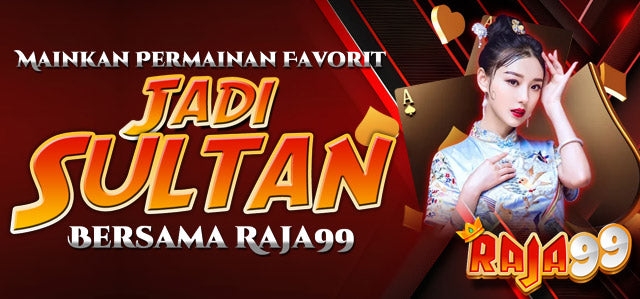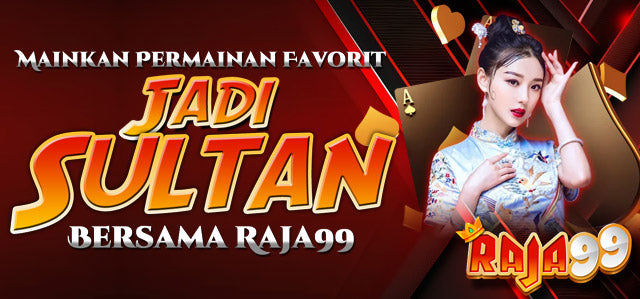1
/
of
1
RAJA99
RAJA99 Link Situs Agen Toto Slot Login Pragmatic Play Gacor Terpercaya
RAJA99 Link Situs Agen Toto Slot Login Pragmatic Play Gacor Terpercaya
Regular price
Rp 10.000,00 IDR
Regular price
Rp 100.000,00 IDR
Sale price
Rp 10.000,00 IDR
Unit price
/
per
Couldn't load pickup availability
Selamat datang di RAJA99 situs agen toto slot login Pragmatic Play gacor terpercaya di Indonesia, tersedia permainan slot online paling gacor dengan winrate 99% dan pasaran togel online lengkap serta bocoran togel online harian terbaik.
Share



